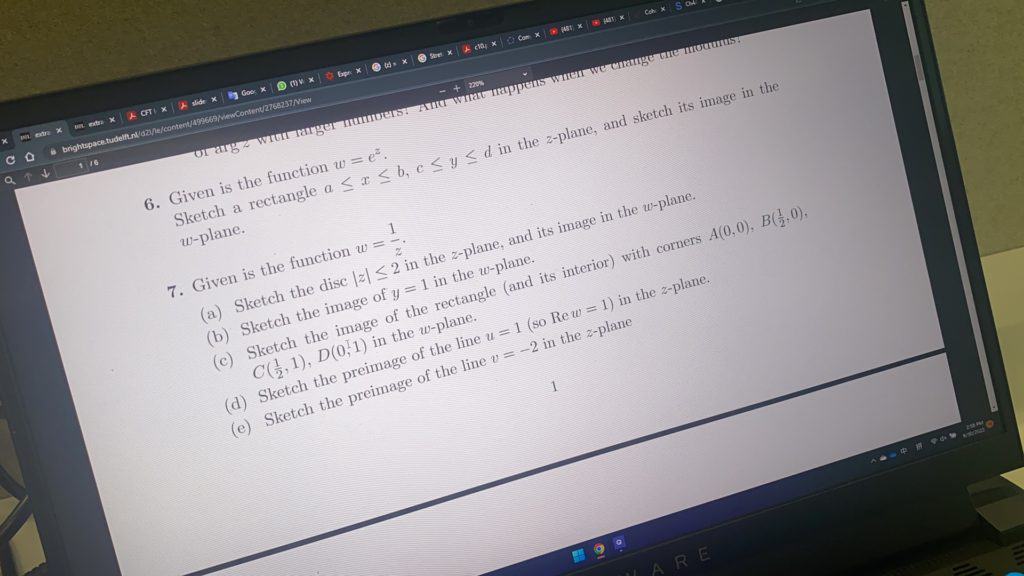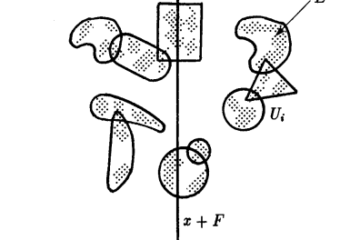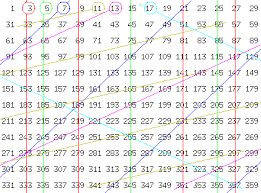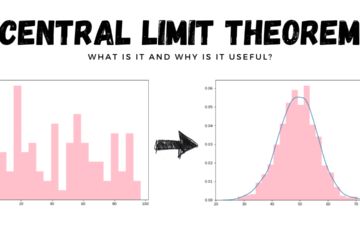这是一份UCSD的basic complex analysis复分析辅导的成功案例

Quiz 1
- Due Sep 20, 2022 at 1am
- Points 20
- Questions 5
- Available Sep 19, 2022 at 1pm – Dec 20, 2022 at 1:31am
- Time Limit 30 Minutes
Instructions
Once you start this quiz you will have 30 minutes to complete the quiz or less if the time window of 1:00AM PST on Tuesday Sep 20 comes first. [Don’t wait to the last minute to complete this quiz.]
Quiz Rules: You may use your notes, textbook, and homework during this quiz. You may use technology to perform computations. You may not ask another person for help, either online or offline. You may not look for solutions to quiz questions online. These questions must be answered by you and you alone. You may not discuss quiz questions on Piazza. (You may discuss the questions after the quiz period is over, i.e. after Tuesday at 1:00AM PST.)
Only registered, enrolled users can take graded quizzes
Let us see that the open and closed $\varepsilon$-disks are indeed open and closed, respectively. Let $z \in D_{\varepsilon}\left(z_0\right)$. This means that $\left|z-z_0\right|=\delta<\varepsilon$. Consider the disk $D_{\varepsilon-\delta}(z)$. We claim that this disk is contained in $D_{\varepsilon}\left(z_0\right)$. Indeed, if $|w-z|<\varepsilon-\delta$ then, $$ \begin{aligned} \left|w-z_0\right| &\left.=\left|(w-z)+\left(z-z_0\right)\right| \quad \quad \text { (adding and subtracting } z\right) \ & \leq|w-z|+\left|z-z_0\right| \quad \quad \text { (by the triangle inequality (2.1)) } \ &<\varepsilon-\delta+\delta \ &=\varepsilon \end{aligned} $$ Therefore the disk $D_{\varepsilon}\left(z_0\right)$ is indeed open. Consider now the subset $\bar{D}{\varepsilon}\left(z_0\right)$. Its complement is the subset of points $z$ in the complex plane such that $\left|z-z_0\right|>\varepsilon$. We will show that it is an open set. Let $z$ be such that $\left|z-z_0\right|=\eta>\varepsilon$. Then consider the open disk $D{\eta-\varepsilon}(z)$, and let $w$ be a point in it. Then $\left|z-z_0\right|=\left|(z-w)+\left(w-z_0\right)\right| \quad$ (adding and subtracting $w$ ) $\quad \leq|z-w|+\left|w-z_0\right|$. (by the triangle inequality (2.1)) We can rewrite this as $$ \begin{aligned} \left|w-z_0\right| & \geq\left|z-z_0\right|-|z-w| \ &>\eta-(\eta-\varepsilon) \
&=\varepsilon
\end{aligned}
$$
Therefore the complement of $\bar{D}{\varepsilon}\left(z_0\right)$ is open, whence $\bar{D}{\varepsilon}\left(z_0\right)$ is closed.
We should remark that the closed disk $\bar{D}{\varepsilon}\left(z_0\right)$ is not open, since any open disk around a point $z$ at the boundary of $\bar{D}{\varepsilon}\left(z_0\right)$-that is, for which $\left|z-z_0\right|=\varepsilon$-contains points which are not included in $D_{\varepsilon}\left(z_0\right)$
Notice that it follows from this definition that every open set is made out of the union of (a possibly uncountable number of) open disks.

UprivateTA™为您的留学生涯保驾护航。
This course begins the study of complex functions of a complex variable which are complex differentiable, i.e. the analogue of Math 20A with the real numbers replaced by the complex numbers. In writing the complex difference quotients, one necessarily uses the division of one complex number by another. It turns out that this complex notion of differentiability is very restrictive. [We refer to complex differentiable functions as being analytic or holomorphic.] In fact, the existence of complex derivatives is so restrictive that it turns out that all analytic functions are infinitely differentiable. One of the key points that makes this theory so useful is that many of the basic functions you have seen in real variable calculus (like exp(x), cos(x), sin(x), ln(x), etc.) have a unique extension to an analytic function on the complex plane. Understanding these analytic extensions greatly enhances our understanding of the basic real variable functions listed above. [In fact, we will see that all of the functions listed above are intimately related to one another.] Besides introducing and studying many concrete analytic functions, the other key goal of 120A is to develop general properties which are common to all analytic functions.


